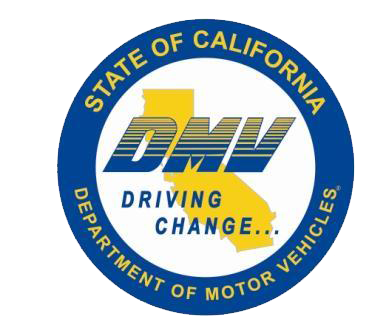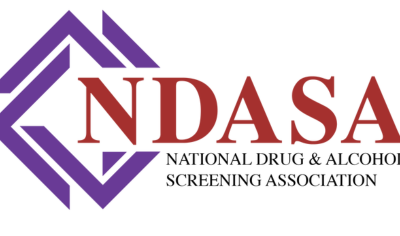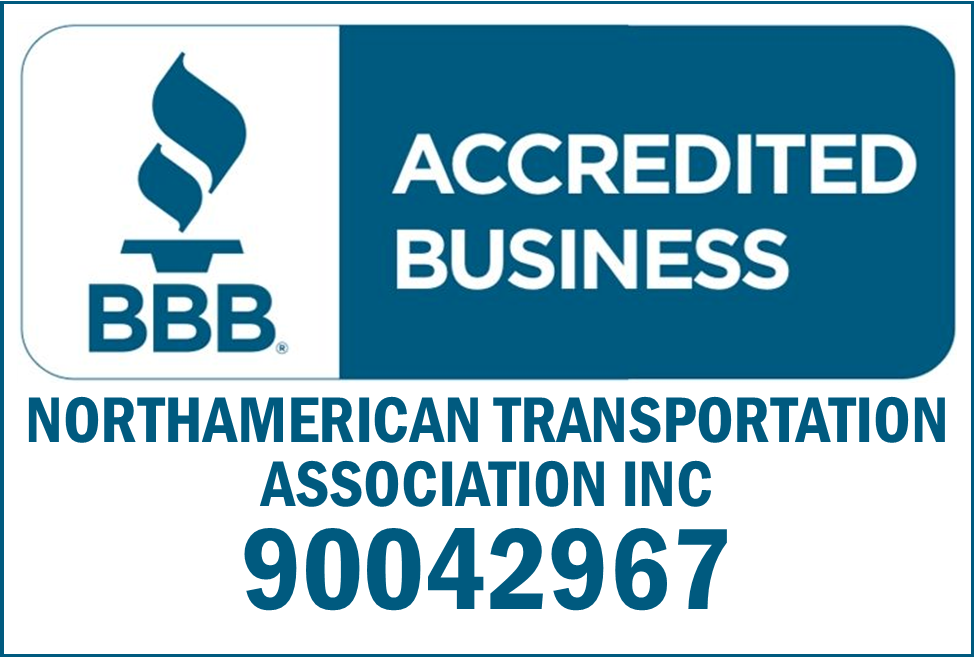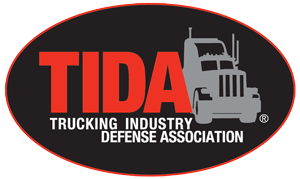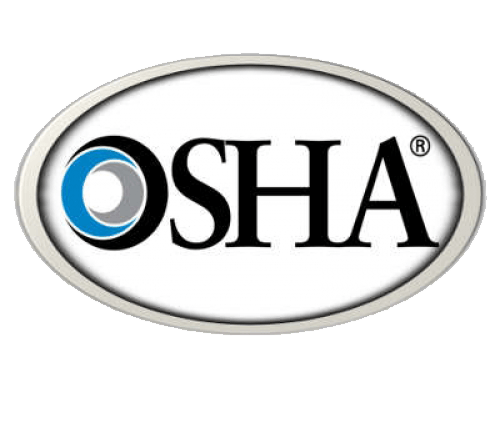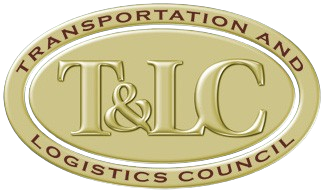What is CSA?
FMCSA launched its Compliance, Safety, Accountability (CSA) program on December 13, 2010. This program is designed to improve large truck and bus safety and ultimately reduce crashes.
The centerpiece of CSA is the Safety Measurement System (SMS), which analyzes all safety-based violation from inspections and crash data to determine a commercial motor carrier’s on-road performance.
SMS evaluates the safety of individual motor carriers by considering all safety-based roadside inspection violations (not just out-of-service violations) and State reported crashes, using 24 months of performance data.
CSA has Three (3) Elements.
- The Safety Measurement System (SMS)
- Improves how FMCSA prioritizes carriers for interventions
- Includes more safety data; all safety-based violations found during roadside inspections
- Organizes safety behaviors unto seven (7) Behavior Analysis and Safety Improvement Categories (BASICs)
- Intervention Process
- Creates new, more efficient ways for FMCSA to interact with carriers and help bring them into compliance (e.g. warning letters and Onsite Focused Investigations)
- Safety Fitness Determination (SFD)
- Current safety rating process requires an Onsite Investigation
The SMS organizes carrier roadside inspection, crash, & investigation information into seven (7) BASICs. Your safety performance affects your company’s SMS results and your Pre-Employment Screening Program (PSP) record
The Seven (7) BASICs incorporate violation of the Federal Motor Carrier Safety Regulations (FMCSRs) and the Hazardous Materials Regulations (HMRs), and are organized to focus on behaviors that may cause or increase the severity of crashes.
- UNSAFE DRIVING BASIC – Operation of commercial motor vehicles ((CMVs) in a dangerous or careless manner. Examples: speeding, reckless driving, improper lane changes, texting while operating a CMV and not wearing safety belt.
- CRASH INDICATOR BASIC – (not publicly available). Historical pattern of crash involvement, including frequency and severity, This BASIC is based on information from State reported crashes that meet reportable crash standards, Crashes found to be not preventable by FMCSA’s Crash Preventability Determination Program (CPDP) will be listed on the SMS website as “Reviewed-Not Preventable” but excluded from a carrier’s measure and percentile in the Crash Indicator BASC.
- HOS COMPLIANCE BASIC – Operation of CMVs by drivers who are ill, fatigued, or in noncompliance with the HOS regulations. This BASIC included violation of regulations pertaining to records of duty sats (RODS) as they relate to HOS requirement.
- VEHICLE MAINTENANCE BASIC – Failure to properly maintain a CMV and prevent shifting loads, spilled or dropped cargo, and overloading of a CMV. Examples: inoperative brakes, lights, and other mechanical defects, improper load securement, failure to make required repairs.
- CONTROLLED SUBSTANCES/ALCOHOL BASIC - Operation of CMVs by drivers who are impaired due to alcohol, illegal drugs, and misuse of prescriptions or over-the-counter medications. Examples: use or possession of controlled substances or alcohol, failing to implement an alcohol and/or controlled substance testing program. As of August 2022, FMCSA reported that 90,000 commercial drivers are currently on prohibited status due to driving under the influence.
- HM COMPLIANCE BASIC (not publicly available) – Unsafe handling of Hazardous Materials on a CMV. Examples: failing to mark, label, or placard in accordance with the regulations, not properly securing a package containing HM, leaking containers, failing to conduct a test or inspection on a cargo tank when required by the United States Department of Transportation (U.S. DOT).
- DRIVER FITNESS BASIC – Operation of CMVs by drivers who are unfit to operate a CMV due to lack of training, experience, or medical qualifications. Examples: failing to have a valid and appropriate commercial driver’s license (CDL), being medically unqualified to operate a CMV, failing to maintain driver qualification files.
Final Analysis
You have to remember that this is where your insurance companies, the brokers you deal with and your customers most likely will turn to for their due diligence to decide whether or not they are going to raise your insurance rates or even do business with you because they do not want to get sued for the negligence hiring of a motor carrier.
This system is your badge of honor. It reflects how who you are, and what kind of business you run.
Content Disclaimer: Due to the constantly changing nature of government regulations, it is impossible to guarantee the total and absolute accuracy of the material contained herein or presented. NorthAmerican Transportation Association (NTA) cannot and does not assume any responsibility for omissions, errors, misprinting or ambiguity contained. NTA shall not be held liable in any degree for any loss, damage or injury caused by any such omission, error, misprinting or ambiguity present. It is made available with the understanding that NTA is not engaged in rendering legal, accounting or other professional service. If legal advice or other expert service is required, the services of such a professional should be sought.



